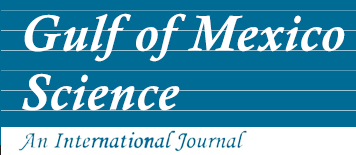Alternate Title
A Small Resident Community of Bottlenose Dolphins, Tursiops truncatus, in Texas: Monitoring Recommendations
Abstract
A small community of bottlenose dolphins (Tursiops truncatus) in western Galveston Bay, Texas, was first studied in 1990 with subsequent study from 1995 through 2001. These animals showed strong site fidelity with seasonal variation in habitat use, From 1997 to 2001, three methods of assessing dolphin occurrence and abundance in this location were compared for efficiency and accuracy: photoidentification (photo-ID) for occurrence patterns and counts of individual animals; capture-recapture analyses from photo-ID data for abundance estimates; and line transect surveys for dolphin density estimates. Our line transect data were thought to be positively biased and that method is not recommended for this location. Counts of animals with site fidelity were consistent with abundance estimates of all dolphins using the bay from capture-recapture analysis. Resident animal counts ranged from 28 to 34 in different survey years. Abundance estimates for all dolphins using the bay, including nonresident animals, ranged from 28 to 38. Specific recommendations are made for long-term low-level monitoring of dolphins in this study area. These guidelines may be useful to researchers studying similar small coastal dolphin communities when appropriately modified and applied to their research sites.
Recommended Citation
Irwin, L. and B. Würsig.
2004.
A Small Resident Community of Bottlenose Dolphins, Tursiops truncatus, in Texas: Monitoring Recommendations.
Gulf of Mexico Science
22
(1).
Retrieved from https://aquila.usm.edu/goms/vol22/iss1/2

